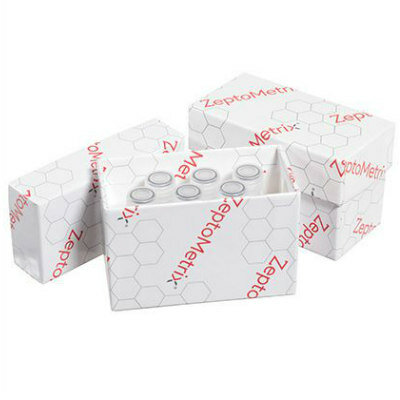New Drugs Would Target the Herpes Virus Fusogen Complex
By LabMedica International staff writers
Posted on 10 Aug 2010
Results of a structural study of the mechanism used by herpes virus to invade cells may pave the way for development of new drugs that will target this site and halt spread of the virus.Posted on 10 Aug 2010
Investigators at the University of Pennsylvania (PA, USA) in collaboration with colleagues at Tufts University (Boston, MA, USA) used X-ray crystallography along with cell microscopy techniques to study the structure and function of the cell-entry protein fusion events carried out by herpes simplex virus type 2 (HSV-2). They concentrated on the "fusogen” region, where a viral enzyme acts to join the viral and target cell membranes.
The investigators reported in the in the July 4, 2010, online edition of the journal Nature Structural & Molecular Biology that the herpes virus fusogen region differed dramatically from those described in other types of viruses. While most other enveloped viruses use a single fusogen, herpes viruses were shown to require two conserved fusion-machinery components, gB and the heterodimer gH–gL, plus other nonconserved components. gB is a class III viral fusogen, but unlike other members of its class, it does not function alone.
Details obtained from the crystal structure of the gH domain bound to gL from HSV-2 showed that gH–gL was an unusually tight complex with a unique architecture that did not resemble any known viral fusogen. The investigators proposed that gH–gL activated gB for fusion, possibly through direct binding. Formation of a gB–gH–gL complex was critical for fusion and was inhibited by a neutralizing antibody, making the gB–gH–gL interface a promising antiviral target.
"This unexpected result leads us to believe that this protein complex is not a fusogen itself but that it regulates the fusogen,” said senior author Dr. Ekaterina Heldwein, assistant professor of molecular biology and microbiology at Tufts University. "We also found that certain antibodies interfere with the ability of this protein complex to bind to the fusogen, evidence that antiviral drugs that target this interaction could prevent viral infection.”
Related Links:
University of Pennsylvania
Tufts University













